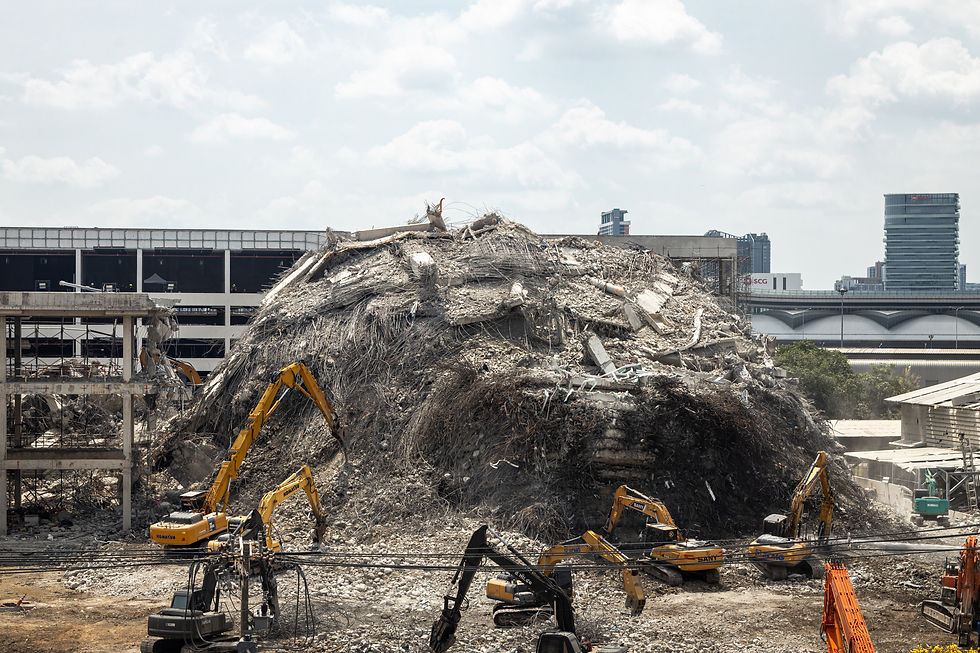Myanmar Quake Shakes Thailand: A Costly Lesson from Nature and a Collapsed Government Building
- Siam International News (Admin)

- May 13
- 2 min read
Updated: May 26

At 1:20 PM on March 28, 2025, a powerful earthquake with a magnitude of 8.2 struck Myanmar near the active Sagaing Fault. The tremors were so intense that they reached deep into Thailand, shaking parts of the North, Central regions, and even the capital, Bangkok. In Myanmar, over 3,600 people lost their lives, with thousands more injured. Tens of thousands of homes and buildings were reduced to rubble.

In Thailand, the quake caused damage across 18 provinces, most notably the collapse of the new Office of the Auditor General (OAG) building in Bangkok’s Chatuchak district. The 30-story structure, still under construction with a budget of over 2.1 billion baht, crumbled to just 19 meters tall. The disaster claimed 44 lives, injured 9 people, and left 50 others missing. This raised serious concerns about transparency and construction standards, especially since the project was supposedly under integrity pacts.
The OAG building has become a stark symbol of questionable safety standards in public construction and lax oversight. More broadly, it exposed the urgent need for a national earthquake early warning system—something Thailand currently lacks. In contrast, countries like Japan have the Earthquake Early Warning (EEW) system that alerts citizens via mobile phones, TV, and radio just seconds before tremors strike.
Japan also enforces strict building codes updated in 1981 to require quake-resilient designs and holds regular evacuation drills. Similarly, Chile—another earthquake-prone country—has updated its building codes to emphasize flexibility over rigidity, allowing structures to sway rather than collapse entirely.
This earthquake serves as a costly wake-up call for Thailand to modernize its infrastructure standards, implement effective early warning systems, and enforce transparent and accountable public construction practices. More importantly, it underscores the need to cultivate a national culture of disaster preparedness from the grassroots level to the top.
From a tourism perspective, this quake may spark concern among international travelers—especially those visiting Bangkok and the northern regions where tremors were felt. The absence of a clear early warning system or evacuation protocol could tarnish Thailand’s image as a safe destination, potentially affecting short-term tourism revenue.
Politically, the collapse of a government-related building like the OAG highlights longstanding issues of transparency in public procurement. It has become a rallying point for the opposition and civil society to demand accountability, placing pressure on the government to improve oversight and safety standards in large-scale state construction projects.
Crucially, Thailand is not a country frequently struck by major earthquakes. As a result, its disaster preparedness—whether in construction practices, emergency drills, or public communication—remains underdeveloped. Investing in early warning systems and fostering public awareness must now become national priorities that can no longer be delayed.




Comments